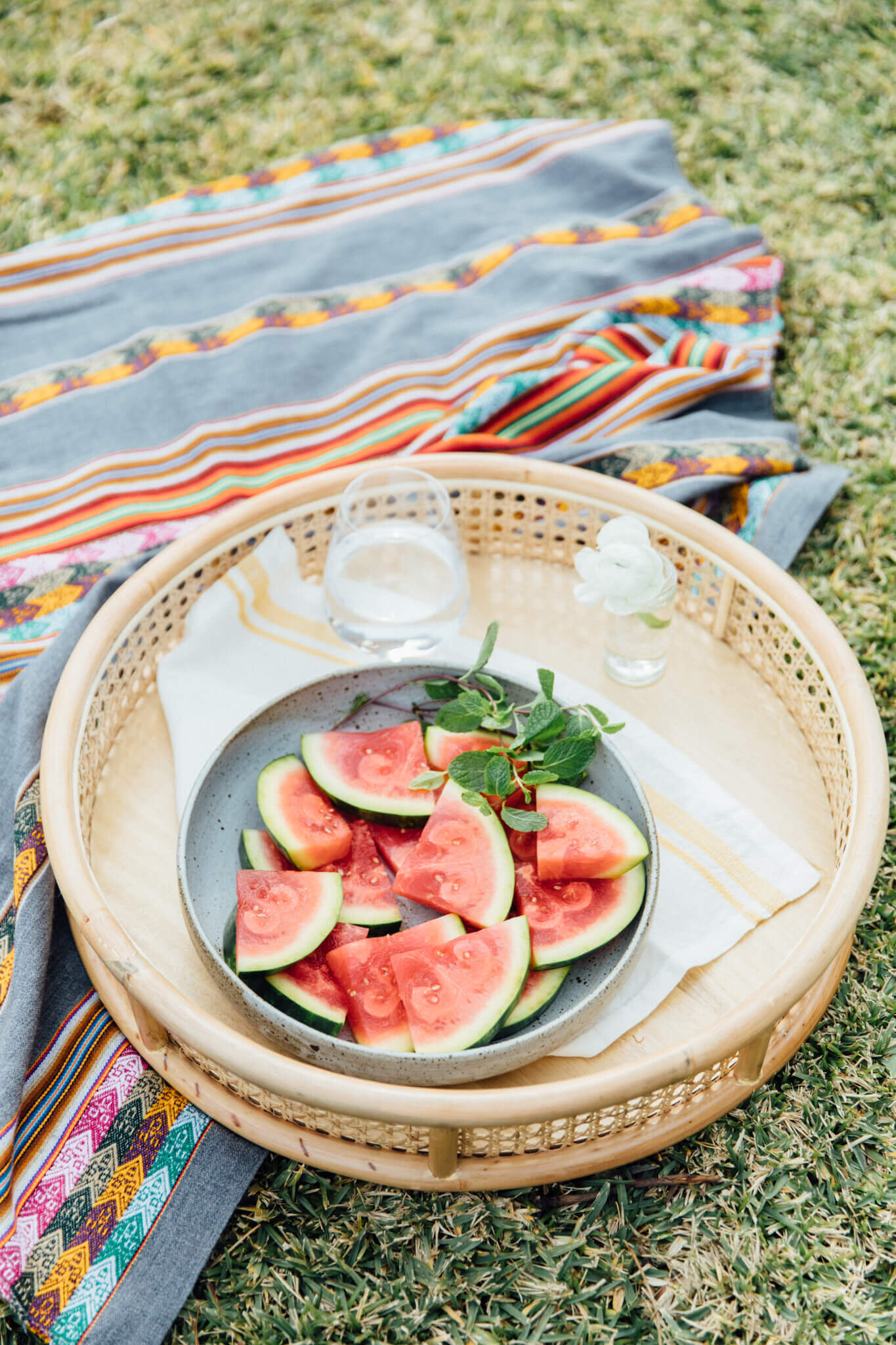8 Gluten Free Grains that Don't Suck
Gluten-free (GF) has become an acronym synonymous with dining culture. It’s spurred a radical change in how the food and health industry relate to allergies—so much so that we can easily find GF foods in the most unexpected places across the US.
Gluten is a protein found in wheat, barley and rye that is abrasive to the gut (sorry) lining. Digestive upset, fatigue, and mental fogginess are only some of many health issues associated with eating gluten. But for the conscious diner, going GF isn’t always synonymous with health.
Replacing refined starches such as bread and pastas with their gluten free counterparts won’t lead to a slimmer waste line, a clearer mind, or better skin. What makes going GF healthier is focusing on the quality of your food and the nutrients it provides, rather than what constituents it lacks. For example, we can easily find a bag of gluten free potato chips and pizza—but we all know this isn’t healthy.
If you are going GF because of an allergy, sensitivity, or personal preference (or if you are just a wildly curious person), use this guide to start your journey the right way.
Quinoa: Fights Inflammation
Quinoa is one of the few plant-based proteins containing all the essential amino acids that make it complete. Although often considered a grain, quinoa is actually part of the spinach, chard and beet family. It’s high concentration of antioxidants—like flavonoids, vitamin E and omega 3 fats—make quinoa very unique. These compounds reduce inflammation in fat tissue, rather than promoting it like many other grains. Enjoy its nutty flavors, but rinse thoroughly before cooking to eliminate the bitter saponins on the outer layer of the grain.
Brown Basmati Rice: Supports Detoxification
Some sushi enthusiasts may cringe at the suggestion to sub their beloved white rice with brown. But the outer layers of the seed (stripped away in white rice) are what contain the ‘good stuff’. Manganese and selenium make brown basmati rice a supporter of the body’s most potent antioxidants that enable detoxification. Our modern lives require a little bit extra detox-love, making brown basmati rice a great choice for sushi night.
HOW TO RECLAIM YOUR HEALTH AND START HEALING YOUR BODY
If you’re ready to cut through the nutrition noise and start making changes to actually heal yourself — follow this guide.
Wild Rice: Improves Endurance
Wild rice contains more than twice the antioxidants, called phytosterols, than brown rice. It is a potent source of B complex vitamins that are normally depleted during stress, however they are required for central energy production and help to improve endurance and reduce fatigue. Enjoy its chewy and nutty texture tossed with cumin-roasted carrots.
Amaranth: Lowers Cholesterol
Amaranth is an excellent source of soluble fiber that cleanses the liver by stimulating bile flow, and helps to normalize blood sugar and cholesterol levels. Amaranth is a true superstar because of its flexible cooking applications—it can be heated into porridge, toasted for an additional crunch to your morning muesli, or even popped for miniature ‘popcorn’.
Millet: Supports Blood Sugar
Grains are normally linked to spikes in blood sugar, however research is showing how millet can balance large swings and protect against future complications, like diabetes. Compounds in millet inhibit the breakdown of starch, making the body more resistant to large fluctuations in glucose (i.e. sugar). When sugar is abundant in the blood it will cross-react with the body proteins, like collagen. Millet has also been studied to prevent this—meaning a more radiant glow and sharper mind. Enjoy it as a side, added to broths, or roasted to bring out its sweet and nutty flavors.
Buckwheat: Repairs Skin
Rutin in buckwheat is an antioxidant that supports collagen formation, which helps strengthen the structure of hair, skin and nails. It also protects the vasculature from damage, making it a natural anti-aging grain. Enjoy toasted buckwheat’s earthy tones with pumpkin and hemp seeds in a delicious breakfast muesli.
Teff: Strengthens Bones
What this tiny grain lacks in size, it makes up for in quality. It’s exceptionally high in calcium, magnesium and iron content, working to strengthen bones and help prevent issues with osteoporosis. Its high iron content also protects against anemia and associated fatigue—an ideal choice for vegans. You may enjoy teff in injera bread at your local Ethiopian restaurant, as porridge, or even to make gluten free pancakes.
Oats: In Moderation
Oats can be confusing for those who have recently made the transition to gluten free. This is because they are often grown in neighboring fields to wheat, increasing the risk for cross-contamination. However, GF oats may still not be your friend because of a molecule called avenin that exacerbates inflammation in the gut and can lead to similar issues as gluten. So be wary—even when labeled GF.


